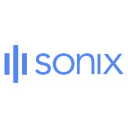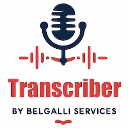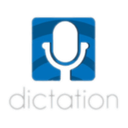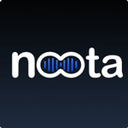Audio Transcription software: purchase guide
Audio transcription, the conversion of speech into text, is a growing need in many sectors. Audio transcription software are powerful tools that facilitate this process. This guide is designed to help you understand and choose the best audio transcription software for your needs.
Ease of Use of Audio Transcription Software
Most modern audio transcription software are designed to be user-friendly. With intuitive interfaces, they enable users, even without advanced technical skills, to get started quickly. The majority of these tools offer automatic transcription, reducing the need for complex manual interactions.
Criteria to Consider
Before choosing audio transcription software, consider the following points:
- Transcription Accuracy: Look for software that provides accurate transcriptions, even in noisy environments.
- Language and Accent Recognition: Ensure the software can handle the specific language and accents of your audio.
- Integration with Other Tools: The ability to integrate with other platforms and tools can be crucial for an efficient workflow.
- Special Features: Features such as automatic speaker recognition or customization of vocabulary can be important depending on your use.
Pricing of Audio Transcription Software
The cost of transcription software varies widely. Some are available under a monthly subscription model, typically between 10 and 30 euros per month, while others may offer pay-as-you-go plans. Free versions are also available, but with more limited features.
Benefits of Audio Transcription Software
- Time Saving: Manual transcription is time-consuming. A dedicated software can save hours of work.
- Accessibility: They make audio content accessible to people with hearing impairments or non-native speakers of the language.
- Data Organization and Search: Transcription allows for easy searching of specific information in the text.
Using AI in Audio Transcription Software
The use of AI in audio transcription is highly recommended. It offers better accuracy, learns from its mistakes, and improves over time. Moreover, AI can process natural language, recognize different speakers, and adapt to various accents and dialects.
Open Source Options
There are open source options for audio transcription, such as CMU Sphinx or Julius. These tools are often free and modifiable, but may require more technical knowledge to set up and use effectively.
Free Options
Free options like Google Docs (voice typing feature), Otter.ai (free version), or Audext offer basic transcription services. They are ideal for occasional or personal use.
Popular References
The most popular transcription software include:
- Rev.com: Known for its high accuracy and optional manual transcription service.
- Otter.ai: Offers excellent real-time transcription with a free version available.
- Descript: Combining transcription, recording, and audio editing, it's a versatile choice for content creators.
In conclusion, the choice of audio transcription software depends on your specific needs, budget, and required level of precision. Consider these different aspects to make an informed choice.



















